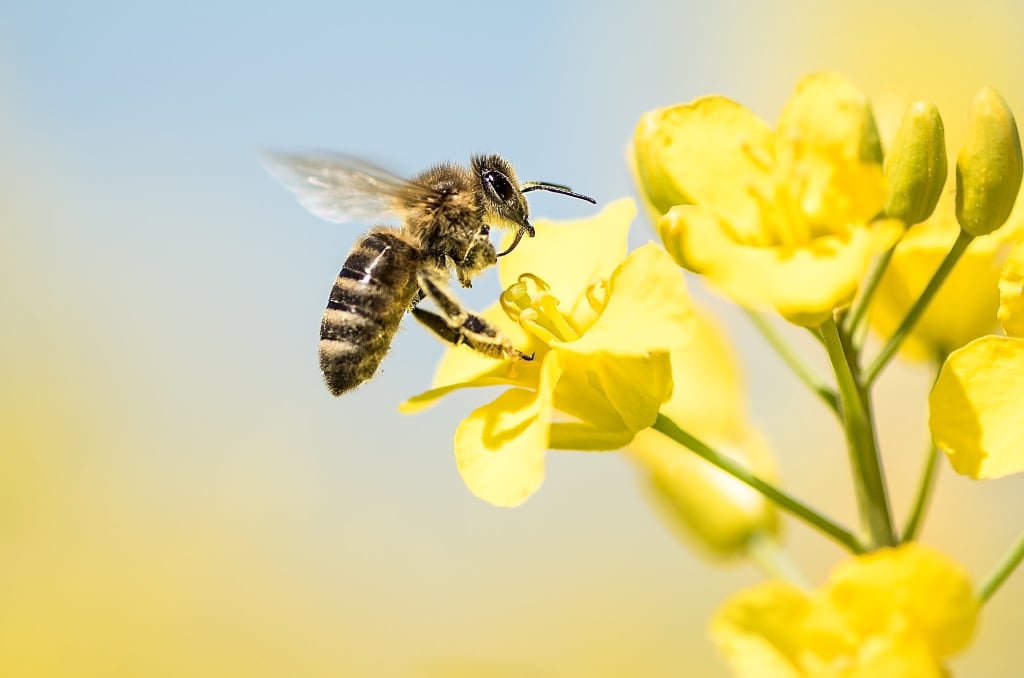
Bees, as fascinating creatures, play a vital role in our ecosystem through their pollination work and honey production. Understanding the complex process of bee reproduction sheds light on their extraordinary life cycle and emphasizes the significance of their protection. This essay delves into how bees reproduce, highlighting the phases, roles, and importance of this natural phenomenon.
Anatomy and Roles:
The reproduction of bees involves the coordinated efforts of various anatomical structures and division of labor among different castes within the colony. A typical bee colony comprises a queen, drones, and worker bees. The queen's main role is egg-laying, while drones participate in the mating process. Worker bees are responsible for fulfilling the colony's needs, including collecting nectar and pollen.
Queen Bee's Reproductive Cycle:
The queen, the central figure of the colony, embarks on a fascinating reproductive journey. In spring, she prepares for mating by developing her ovaries and storing sperm acquired during mating flights. During the warmer months, the queen can lay up to 1,500 eggs per day, which are placed in specialized cells within the hive. These eggs develop into larvae and eventually transform into adult bees.
Mating Flight:
To ensure genetic diversity, the queen embarks on a mating flight. During this flight, she mates with drones from neighboring colonies. The drones, whose sole purpose is reproduction, eagerly follow the queen. Successful mating occurs when a drone transfers its sperm to the queen's specialized sperm storage organ called the spermatheca.
Fertilization and Egg-laying:
After successful mating, the queen stores the sperm in her spermatheca, where it can remain viable for several years. As the queen lays eggs, she selectively fertilizes them by releasing sperm from the storage organ. Fertilized eggs develop into female worker bees or potential queen bees, while unfertilized eggs become drones.
Development and Nest Building:
The eggs laid by the queen are diligently cared for by the worker bees. They provide warmth and nourishment for the eggs to hatch. The larvae are fed with a special secretion called royal jelly, which promotes their growth and development. Within hexagonal honeycomb cells, the larvae undergo metamorphosis, eventually emerging as fully-grown bees.
Swarming and Colony Expansion:
When a colony reaches its maximum capacity, bees initiate swarming. This natural process involves the queen leaving the hive with a portion of the worker bees to establish a new colony elsewhere. The remaining bees raise a new queen from selected larvae, ensuring the continuity of the colony.
Bees and the Ecosystem:
The reproduction of bees holds great significance in the ecosystem. Through the process of pollination, the work performed by bees enables the fertilization of flowers and the natural reproduction of plant species. Without bees, the diversity of plant species would significantly decline, impacting our food supply and the overall balance of ecosystems.
In conclusion, the intricate process of bee reproduction provides a profound glimpse into the captivating world of nature. Bees form highly complex and organized social systems, where each member has a specific role in sustaining and expanding the colony. The queen's pivotal role in generating offspring and ensuring the colony's reproduction, along with the dedicated care provided by worker bees to the eggs and larvae, exemplify the remarkable resilience and efficiency of these remarkable creatures. Understanding the intricacies of bee reproduction underscores the paramount importance of these vital pollinators and the urgent need to safeguard their habitats for the sake of our planet's biodiversity and ecological balance. By valuing and protecting bees, we preserve the magic of their reproductive journey and ensure a sustainable future for both nature and humanity.






Comments
There are no comments for this story
Be the first to respond and start the conversation.